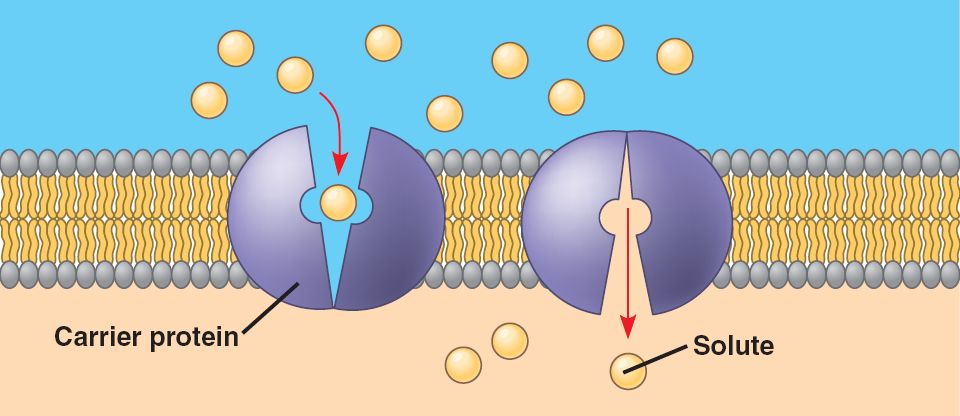2 Examples Of Facilitated Diffusion
A common example of facilitated diffusion is the movement of glucose into the cell, where it is used to make atp. Transmembrane proteins are frequent in between sets of lipid bilayer.

The classic example of facilitated diffusion is glucose transport across the membranes of cells such as erythrocytes, muscle, and adipocytes. There are two types of facilitated diffusion, channels and carrier proteins.
2 Examples Of Facilitated Diffusion. Diffuser is an instrument that is typically owned by those who are into aromatherapy. There are various types and uses of diffusers that are available depending on the requirements of users. Make sure you are not wrong in choosing one that is suitable for you so that the benefits of aromatherapy can be experienced to the fullest extent.
An air diffuser works as tool which converts aroma oils in vapors, then spread them in the air to ensure they are easier to breathe. The use of a diffuser inside a room is able to create a soothing and relaxing ambience. Thus, using diffusers is a great way to soothe the mind and ease anxiety.
Although the use of a diffuser has several benefits, it is not proven appropriate for employ it as a method for the vaporization of antiseptic liquids to clean the air. It could cause adverse effects, such as irritation of the respiratory tract as well as the eyes.
The use of diffusers is beneficial in maximizing the advantages of essential oils. The scent that diffuses enhances the sense of smell and affects emotions and the nervous system. It is dependent on the kind of aromatherapy
A diffuser is an instrument which spreads something across a large area. In this context the items being distributed are essential oils and diffusers as tools.
The diffuser is designed to make essential oil droplets mix with the water in it to create a fine steam, which is then diffused throughout the space. The resulting steam typically has a calming aroma and may be beneficial to well-being.
Research has shown that in general, the role of a diffuser can provide a therapeutic effect or an effect of healing as it releases particles made from essential oils. These particles can activate the brain to send signalling to the limbic systems within the brain.
The brain will then respond by performing various physiological functions such as the release of hormones, decreasing pain, or a positive improvement in mood.
Other benefits of a diffuser are the treatment of respiratory problems, mood enhancement, relaxing, air purification and much more, based upon the oil that is used.
The recommended way to make use of the diffuser is 30 to 60 minutes, by dripping 3 drops of essential oil. Also, ensure that the room where the diffuser is used has adequate ventilation.
To function at its best it is recommended that the diffuser be placed in a well-lit location, like the work desk or next to the bed, or even in the right of the family room.